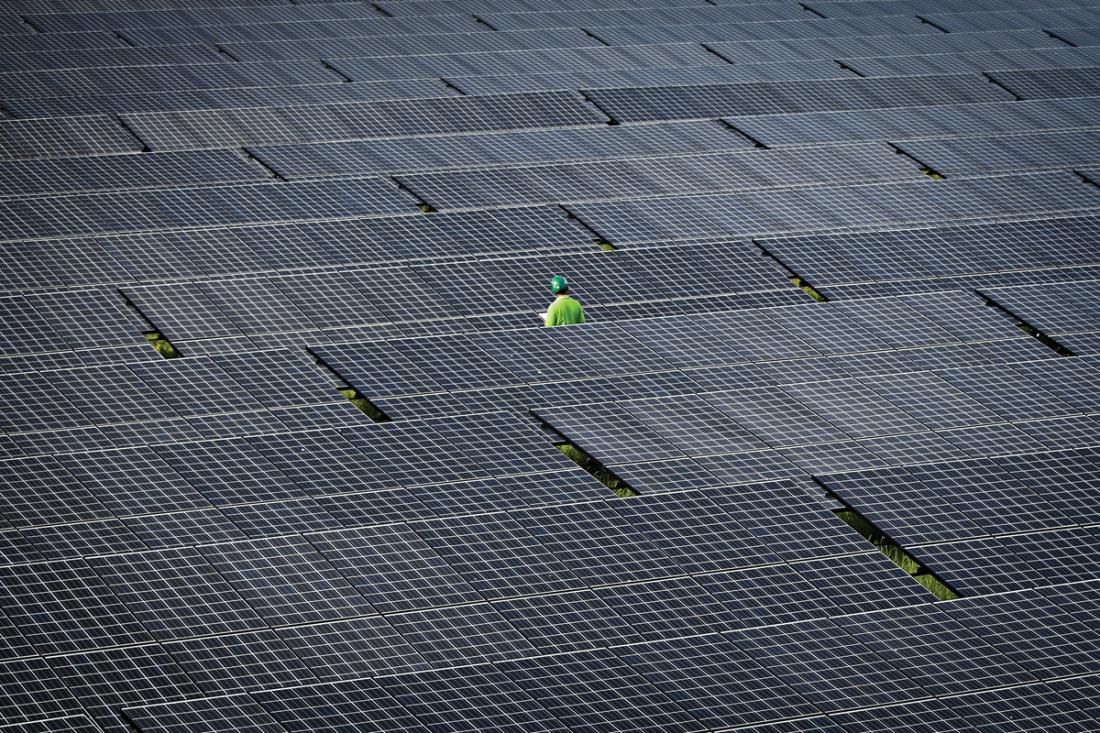Electrical engineers in Malaysia have developed an improved tracer for measuring solar panel performance. The system can be used to detect problems and increase output.
Solar photovoltaic (PV) devices are power systems designed to convert light into electricity. Although silicon PV systems are highly reliable, problems inevitably arise. When they do, engineers need fast and accurate ways to detect them.
Tracers are tools used to measure ongoing solar PV performance, detect changes over time, and diagnose problems. Tracers measure the electrical current and voltage of a PV system, and the output is usually represented as a current-voltage curve.
Researchers from the University of Malaya have invented a new tracer that is faster, cheaper and more accurate than conventional, commercially available devices, and can measure the characteristics of solar panels in real time.
The team tested their tracer against a conventional tracer using a simulator. They showed that the new device produced more measurement points, 257 compared to the conventional tracer’s 10, providing better insights into PV performance. It also generated the results more quickly, taking just 540 milliseconds to complete a set of measurements whilst the conventional tracer took more than eight seconds. The new tracer uses fewer resistors and switches than conventional tracers to achieve the same smooth current-voltage curve.
Solar panels are made of individual units called cells that in turn are clustered into modules. Conventional PV tracers can only measure one module at a time. A major advantage of the new tracer is that it can measure multiple modules simultaneously; a prototype of the new tracer measured 30 modules in just 17 seconds.
“Our tracer could be used to alert users to faults or degraded performance in advance, allowing them to provide early maintenance and ensure optimal power output,” says Nasrudin Rahim, an energy professor at the University of Malaya.
The researchers recently filed a patent for their tracer in Malaysia and hope to bring the system to market. The tracer will benefit both domestic users, who can check that their solar panels are working efficiently, and scientists, who can use the information to develop new and improved solar cell technology.
-----------------------------------------
Did you know?
In 2017, Asia accounted for nearly two-thirds of the worldwide increase in renewable energy generating capacity.
-------------------------------------------
For further information, contact:
Professor Nasrudin Abd Rahim | E-mail: [email protected]
UM Power Energy Dedicated Advanced Centre (UMPEDAC)
University of Malaya



